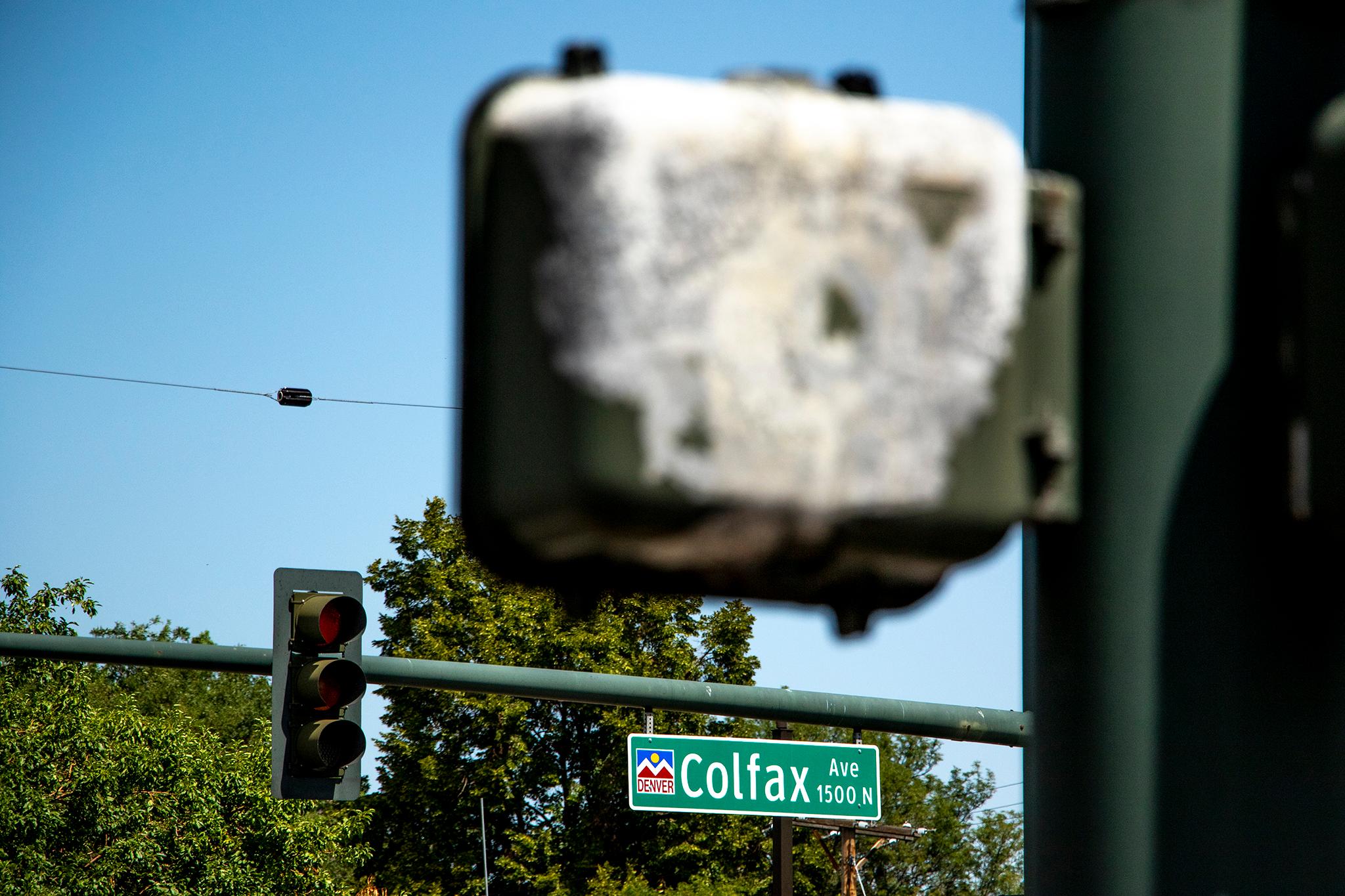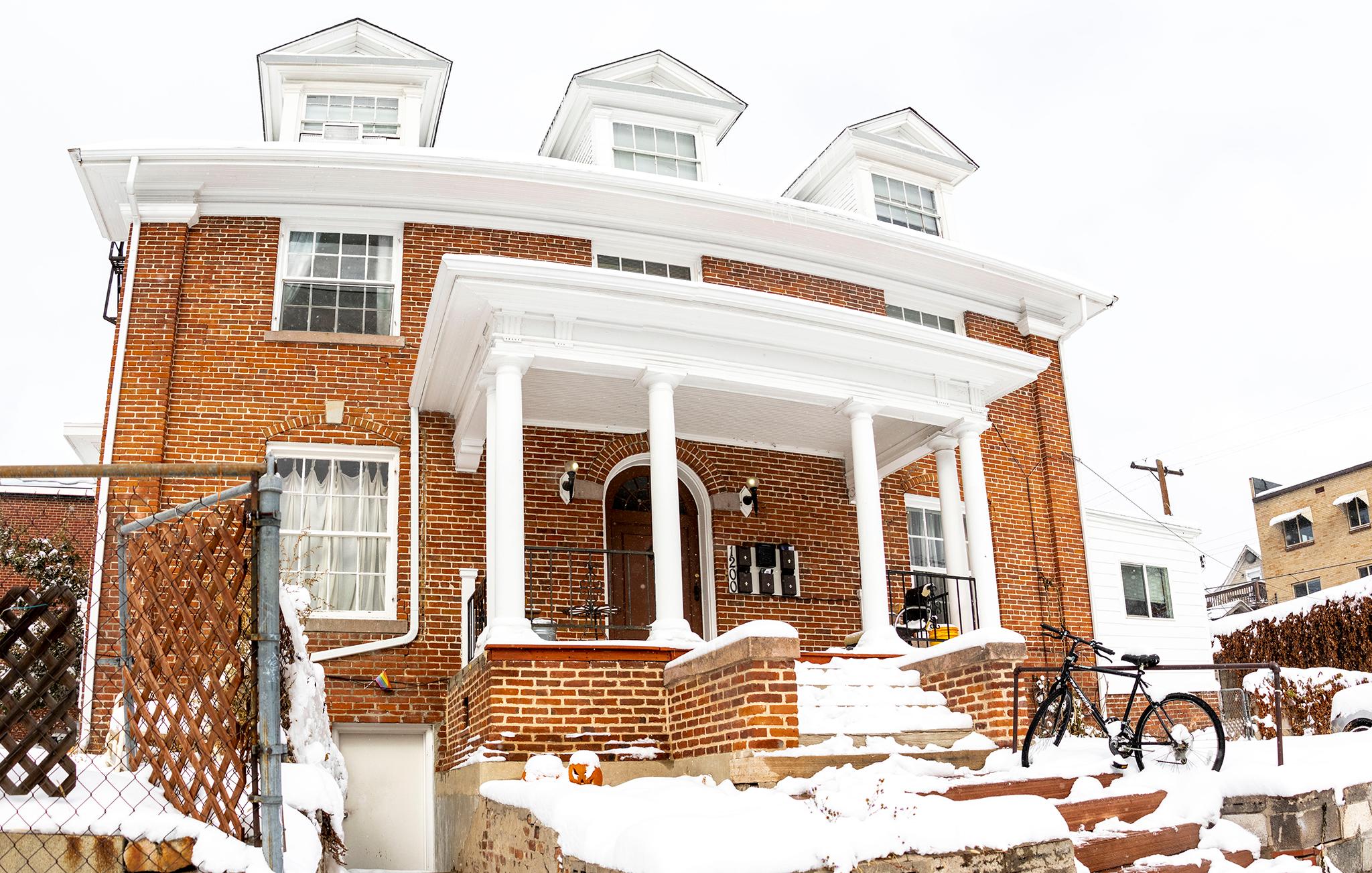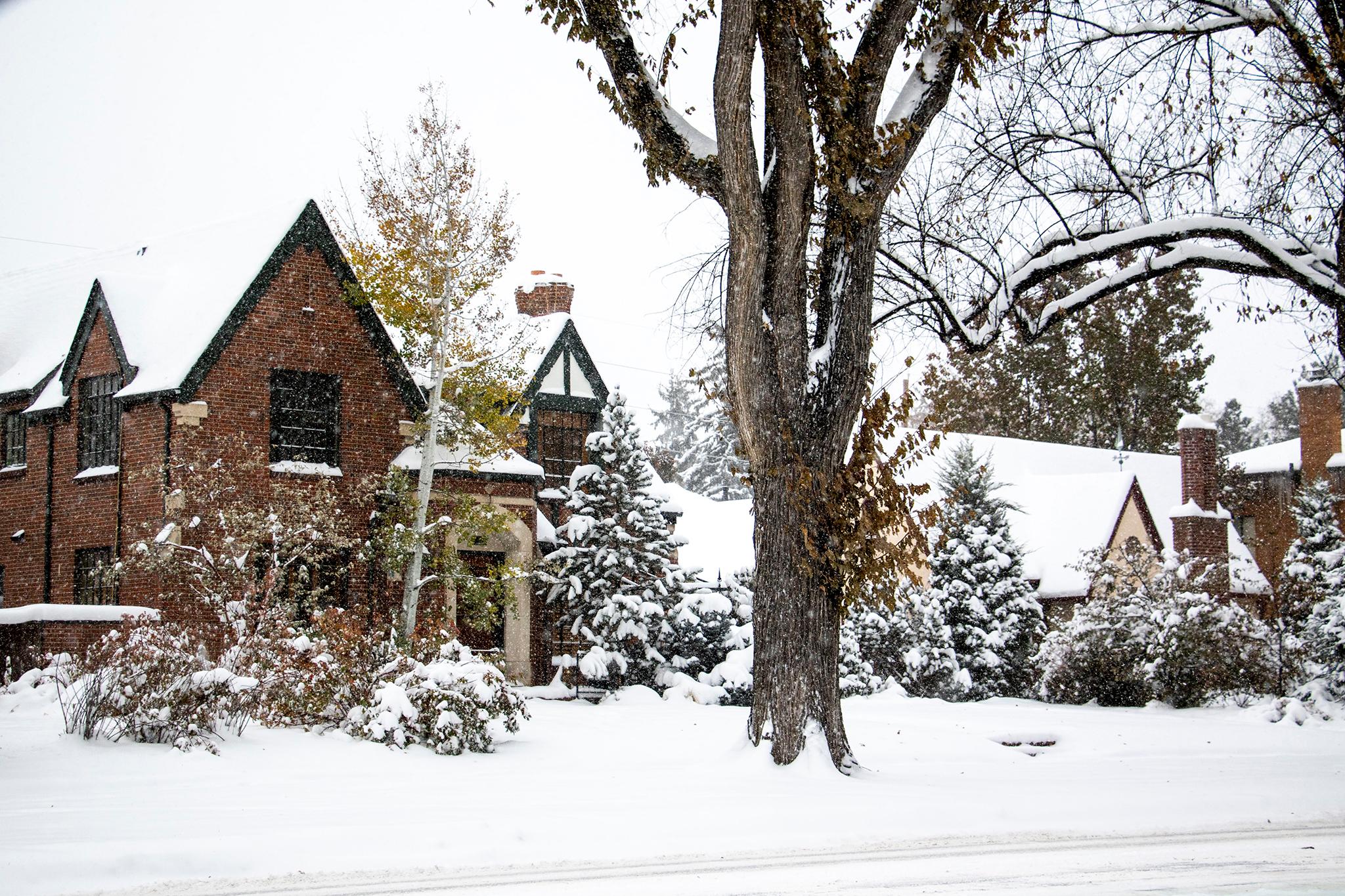The 20-year vision for east Denver covers so much ground that a lot of it is pretty uncontroversial. Who doesn't want more trees and better parks?
More trees and better parks are not the points of contention around the East Area Plan, a document being forged by the city planning department with input from locals in East Colfax, South Park Hill, Montclair and Hale. It's supposed to be a manual for how these neighborhoods will grow and change over the next two decades.
The heaviest question is: As more people move here, how should the city make room for them without pushing out longtime residents?
City planners' recommendations are far from baked, but they and some locals say Denver should change old building rules to accommodate more people and lure private investment while capturing money for affordable housing. Upzoning, or allowing more and taller buildings on existing parcels, is in the cards but it's not a blanket policy.
The debate has intensified as locals await new recommendations. They'll be online this week, according to Denver Community Planning and Development.
In the meantime, here's what neighbors have been debating since May.
One contentious idea: allowing eight-story structures that house people and businesses along East Colfax Avenue and parts of Colorado Boulevard.
In theory, developers would gain the right to build higher in exchange for providing things like affordable apartments and public green space. Integrating historic buildings into modern ones is another proposed incentive.
"It's more of a carrot approach than a stick approach to affordability and historic preservation," said Curt Upton, who co-manages the neighborhood planning initiative for Denver Community Planning and Development.
Of the 382 neighbors who took a city survey, more than half supported a more diverse housing stock and more affordable housing units in the area, according to city documents. Padding Denver's housing supply while incentivizing affordable homes is a one-two punch aimed at tackling the housing crunch, the city government says. But Upton admits it's too early to say how affordable those homes will be.
Nebiyu Asfaw lives in East Colfax and says the current proposal doesn't go far enough. The Ethiopian American Development Council representative and member of the East Colfax Community Collective said he wants to see concrete quotas for housing that's affordable to people who make 30 percent of the area median income, or a little under $28,000 for a family of four.


Denver's government has neglected his neighborhood for so long, he said, that policies to protect people from displacement have become vital.
"It's the city's fault because they've ignored this area for so long," he said. "We've been asking for development for so long. We want concrete measures as part of the plan, not just vague promises now that developers are interested."
Caroline Carolan does not want any more density than is currently allowed -- a desire at odds with the city's strategy. The Park Hill resident so fervently disagrees with the plan's current state that she helped found a group called Denver East Neighborhoods First to oppose the upzoning. She wants the city to keep its current rules, which typically allow three- and five-story buildings on Colfax (one- and two-story buildings are the norm) and one home per plot on residential blocks.
"The concern here is that we're gonna add this development and density without building any infrastructure to support it," Carolan said. "So we're gonna add X amount more people to an area that's not already built out for what's allowed."
New transportation infrastructure is coming, if not for several years. The Colfax bus rapid transit project should eventually move 50,000 people or so a day and add an option beyond driving (and parking), according to the city.
But the project is too far off, according to Carolan, even for a plan with a 20-year timetable.
Adam Estroff with Yes in My Back Yard Denver says the infrastructure argument is bogus given the age and density of other neighborhoods. YIMBY advocates for policies that create compact, walkable neighborhoods to meet the city's transportation and housing goals.
"A lot of Denver's most historic neighborhoods have older streets and older plumbing and more housing, so it seems untrue that an incremental change in density would really have a detrimental effect on the infrastructure," Estroff said. People opposed to the changes "are burying their heads in the sand, or snow in this case" as if the city hasn't ballooned by about 245,000 people since 1990.
"This isn't preparing for the future so much as it's adapting to what already has happened here," he said.
An important thing to keep in mind as the debate continues: Hyperlocal changes aren't solely at the discretion of the neighborhoods they affect.
"If we were to go into an individual neighborhood and most of the people we're hearing from, for instance, say we don't want affordable housing ... we have citywide goals that say we need affordable housing. We still have to take it in context for what the rest of the city needs."
In the East Colfax neighborhood off of the main thoroughfare, the city wants to increase capacity and affordability by allowing up to three homes -- in the form of duplexes and guesthouses known as accessory dwelling units -- on lots historically reserved for single-family houses.
Planners want to promote converting single-family houses into homes that double a lot's usefulness without doubling its bulk -- or, as some residents fear, changing the look of their street. So they recommend a policy that lets property owners turn single-family houses into two homes.
Developers could build a duplex on a lot zoned for single-family housing if they priced one of the units affordably.
"What's happening today is house-flippers are coming in and demolishing those small homes and building sort of a McMansion," planner Upton said. "They're larger houses, they're newer and they're charging more for them. What we're saying is, OK, if you're gonna do that anyway, why don't you build two units instead of one and one would have to be income-restricted?"
Minneapolis, one of Denver's peer cities, recently canned single-family zoning altogether in a move that supporters said swings the pendulum away from historically exclusive neighborhoods and toward more diverse ones. It's too early to gauge meaningful results of the 2018 policy change.
In a statement, Denver East Neighborhoods First called Denver's proposed move away from single-family zoning "a siren call to house-flippers and speculators." Carolan said her group doesn't believe affordability will be guaranteed.
"It's a great recommendation if you're a developer," she said.
The group wants to see solid affordable housing quotas, she said.
YIMBY Denver's Estroff called the proposed density increase small.
"I don't think adding duplexes near the core of a major metropolitan area is anything more than incremental," he said.
Specific regulations like income thresholds would grow out of the city's final recommendations, due out in May or June 2020.
Could a "grand house" quell some outrage over New Denver's look?
Beauty is subjective but maybe not to someone who watches an angular townhome replace a century-old house. Congress Park resident Matt Bossler thinks he has an answer that's been right in front of our noses all along.


Walk down any street in Capitol Hill and you'll likely pass old, giant mansions that were long ago converted into apartments. They're the result of a housing market in the 1920s and 1930s that demanded density -- compact, walkable places -- before government regulations prevented it with single-family zoning, said Bossler, who is an urban planner by trade.
Bossler represents QUIMBY Eastside, or "Quality Urbanism in My Backyard Eastside." It stands for a compromise somewhere between NIMBY (not in my backyard) and YIMBY (yes in my backyard). He wants the city to codify the mansion-turned-apartments type of building, which technically doesn't exist in Denver's zoning code, to bridge the gap between historic neighborhood character and new development. He calls it the "grand house."
"The grand house idea is one that we've discussed among folks who are much more change-averse and much more focused on preserving the legacy of neighborly urbanism," Bossler said. "It's gotten a lot of interest from that crowd, much more so than a 12-story condo building with luxury units in it or slot homes.
"There's a justified concern among neighbors that if their neighborhood gets upzoned, they're just gonna end up with a bunch of slot holmes that basically flip the bird to the street. And the grand house wouldn't do that."
He sees a setup that lets property owners turn one home plot into a plot for four or six in exchange for providing income-restricted units.
Upton, the city planner, says the idea could be appropriate for blocks in Montclair and South Park Hill that have gigantic houses.
"I do think that that idea has merit and it can address some of the concerns people have for changes to their neighborhoods, because the basic idea is that it looks like houses that are already there," Upton said.
Still, the grand house form is not currently part of the city's recommendations.
City Councilwoman Amanda Sawyer, who ran on a platform of reining in development, isn't taking any sides yet.
Sawyer represents part of the East Area Plan study area.
"I know how I feel about it personally but it's not really for me to feel any particular way," Sawyer said. "My biggest concerns are around the process failures that I've identified"
She said city planners did not communicate well enough about the plan originally but made amends by trying to contact every household the changes would impact.
A public meeting on the plan scheduled for Tuesday night was snowed out and moved to Nov. 23.













